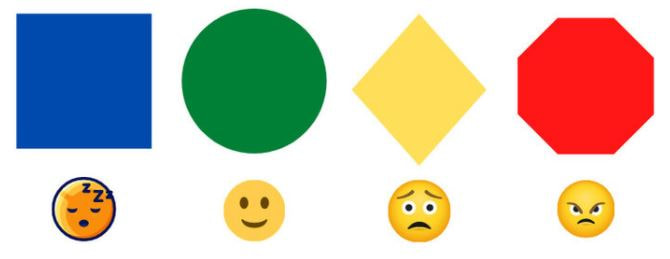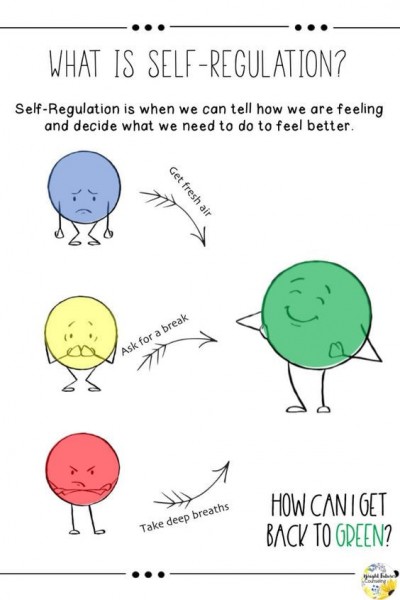Special Needs
SENDCo: Mrs Catherine Cheung.
SEND
Firbeck Academy is an inclusive mainstream school that strives to ensure a safe, happy and caring learning environment where children are able to reach their full potential and authentically recognise themselves and others as individuals with their own strengths and weaknesses. Staff are committed to providing high-quality education for all regardless of age, gender, ethnicity, impairment, attainment and family background.
We aim to be an inclusive school by ensuring that:
- All children and young people are valued equally and take as full as part as possible in all school activities.
- We promote the highest standards of achievement for all pupils through a broad and balanced curriculum.
- We provide a differentiated curriculum appropriate to individual’s needs and abilities.
- We identify barriers to learning and participation that require additional provision as early as possible in a pupil’s school career.
- We have high expectations and suitable targets for our children.
- We acknowledge the vital role that parents play in their child’s education and ensure they are informed of progress and achievements.
- Pupils with additional needs are involved, where practicable, in decisions affecting their future provision.
- Seek the advice and expertise of other agencies and professionals as required.
Our SEND objectives are as follows:
- Identify the needs of pupils with SEN as early as possible. This is most effectively done by gathering information from parents, education, health and care services and feeding schools or early years settings prior to the child’s entry into the school.
- Monitor the progress of all pupils in order to aid the identification of pupils with SEN. Continuous monitoring of those pupils with SEN by their teachers will help to ensure that they are able to reach their full potential.
- Make appropriate provision to overcome all barriers to learning and ensure pupils with SEN have full access to the National Curriculum. This will be co-ordinated by the SENCo and will be carefully monitored and regularly reviewed in order to ensure that individual targets are being met and all pupils’ needs are catered for.
- Work with parents to gain a better understanding of their child, and involve them in all stages of their child’s education. This includes supporting them in terms of understanding SEN procedures and practices, providing regular reports on their child’s progress, and providing information on the provisions for pupils within the school as a whole, and the effectiveness of the SEN policy and the school’s SEN work.
- Work with and in support of outside agencies when the pupils’ needs cannot be met by the school alone such as educational psychologists, behaviour support and Speech and Language Therapists.
- Create a school environment where pupils feel safe to voice their opinions of their own needs. This means providing regular one to one meetings between pupils and their teacher/SENCo and will be made easier by carefully monitoring the progress of all pupils. Pupil participation is a right. This will be reflected in decision-making but also encouraged through wider opportunities for participation in school life.

The Zones of Regulation is a conceptual framework used to help children with self-regulation and self-control. This type of system to categorises complex feelings into 4 colours and helps children (and adults!) to improve their ability to recognise and communicate how they're feeling in a safe, non-judgmental way.
This approach teaches children to use strategies or tools to help them move between zones. We are keen to share these approaches with you as parents and carers, as they can also be used in the home to support talking about emotions and developing self-regulation skills.
The Zones of Regulation categorises states of alertness and emotions into four coloured zones of RED, YELLOW, GREEN, BLUE.
It is important to know that it's fine for children to experience all of these emotions while they're at school.
There is no bad zone, but it is important to learn and use strategies that would help children get to their Green Zone.
At Firbeck, we know it’s invaluable for children to learn about their emotions. Children will feel sadness in their lives. They need to recognise sadness in order to know when they are happy. We also need to teach strategies to manage anger too. Everyone gets angry (and that's ok)! What's not OK is to react inappropriately when they are angry.
Red zone skills can be taught and discussed when the children are calm so they can apply them when they are "in the Red".
So, what are the different zones?
The Blue Zone
The Blue Zone is used to describe low states of alertness, such as when you feels sad, tired, sick, or bored. This is when your body and/or brain is moving slowly or sluggishly.
The Green Zone
The Green Zone is used to describe a regulated state of alertness. A child may be described as calm, happy, focused, or content when in the Green Zone. This is the zone children generally need to be in for schoolwork and for being social. Being in the Green Zone shows control. This is the optimal zone!
The Yellow Zone
The Yellow Zone is also used to describe a heightened state of alertness; however, a child has some control when in the Yellow Zone. A child may be experiencing stress, frustration, anxiety, excitement, silliness, nervousness, confusion, and many more slightly elevated emotions and states when in the Yellow Zone (such as wiggly, squirmy, or sensory seeking). The Yellow Zone is starting to lose some control.
The Red Zone
The Red Zone is used to describe extremely heightened states of alertness or very intense feelings. A child may be experiencing anger, rage, explosive outbursts of behaviour, panic, terror, or elation when in the Red Zone. Being in the Red Zone can best be explained by not being in control of your body.
The Zones can be compared to traffic signs. When given a green light or in the Green Zone, we are “good to go”. A yellow light means be aware or take caution, which applies to the Yellow Zone. A red light or stop sign means stop, and when a child is in the Red Zone this often is the case. The Blue Zone can be compared to a lay by or car park sign where you go to rest or re-energize.

How are some children currently being supported through the zones in our school?
Staff are currently providing strategies to help children around the school regulate their bodies and get back to the green zone. This may include spending time in the calm corner in the classrooms or asking children to show what zone they are in e.g. in the form of emotional thermometers or coloured cards. Visuals are around the school to help remind children of the different zones, next to colourful baskets. It’s lovely to see staff stopping to model and talk to children about ‘I’m in the green zone, where are you?’ etc on the displays around the school.
What’s coming to support children?
Over the next two terms, school will support children in developing strategies to cope with their emotions. This will include baskets (with different things inside them) which will support to distract pupils from the trigger that has made them feel so cross or upset. As children become more familiar with the school strategies they will begin to develop their own personal toolkit of strategies that will support them in self regulation.
Other strategies linked to the zones
Distractions are one strategy, but you may like to think about using some of the following also
(this list is not exhaustive and not every strategy will work with every child all of the time!)
The Blue Zone
Sit on a bean bag (or in a comfy spot)
Take a walk
Go for a short run or jog
Have a snack
Share happy thoughts with an adult
Draw a picture
Listen to some music
The Yellow Zone
Meditation or use a calming jar (a jam jar filled with glitter water that you shake up and watch it settle)
Wall push-ups
Have a snack
Go for a short run or jog
Mindfulness colouring
Take some deep belly breaths
Yoga
Squeeze a ‘stress’ ball
The Red Zone
Mindfulness colouring
Take some deep belly breaths
Lazy 8 breathing
Sit on a bean bag (or in a comfy spot)
Yoga
Count to 10
Talk through the problem with an adult to help make informed choices
Punch a pillow
Tear up some old newspaper

Useful Websites
Related Downloads
Latest News
- Year 6 Class Coffee/Activity Morning - 7th May 2025
Please come and join Year 6 for their class hosted coffee and activity morning on the 7th May (Whole School - 04/05/2025) - Nursery Provision
Help inform Firbeck's Nursery Provision developments (Whole School - 02/05/2025) - School Places Available
We still have places available for children starting Reception in September 2025. (Whole School - 20/04/2025) - Year 1 Class Coffee/Activity Morning - 23rd April 2025
Please come and join Year 1 for their class hosted coffee and activity morning on the 23rd April (Whole School - 08/04/2025) - Macmillan Coffee Morning - Friday 27th September
Come and join us for coffee and cake to support Macmillan (Whole School - 09/09/2024)

